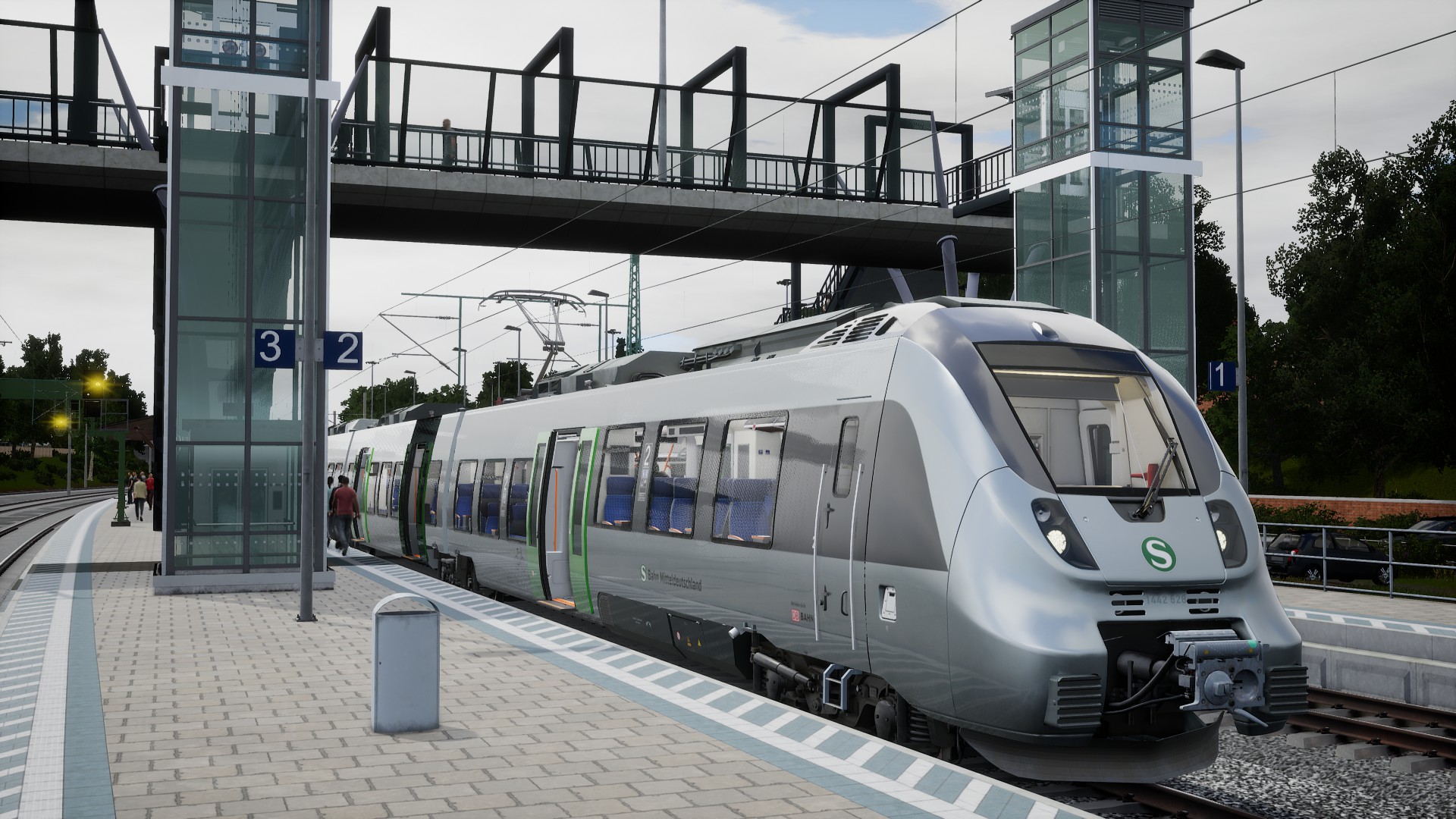NEW DELHI
The largest station on the Regional Rapid Transport System (RRTS) will be developed as a multipurpose station with commercial spaces. This will include office spaces, retail spaces, and hotels. The tender for the same has been initiated by RRTS.
This will resemble to Gandhinagar Capital Railway Station, which has a luxury hotel atop the platforms. The Sarai Kale Khan station serves as an important junction connecting all three Delhi-Ghaziabad-Meerut, Delhi-Alwar, and Delhi-Panipat corridors of the RapidX network. It is well connected by the Delhi Metro, Inter-state Bus Terminus, and Hazrat Nizamuddin station of the Indian Railway Network.
An NCRTC (National Capital Region Transport Corporation) official said, «The NCRTC has issued an invitation for expression of interest regarding the utilisation of spaces above Sarai Kale Khan station on the Delhi-Meerut corridor of the RapidX network”.
The NCRTC has recently completed the construction of a viaduct over the Blue Line of Delhi Metro without disturbing the movement of Metro trains in the section near New Ashok Nagar station. The viaduct crosses the Delhi Metro at a height of 20 metres, and the construction was carried out without disturbing the metro movement on this line. An official of the NCRTC thanked Delhi Metro for their support and said the construction was done during the night as a precautionary measure. New Ashok Nagar will serve as an interchange station between the Delhi Metro and RapidX. To connect both, the construction of a foot overbridge is being carried out.
The RapidX trains will soon hit the tracks, and trials for the same have already started.
The empty racks have attained a speed of 160 kmph on the 17-kilometre-long priority section. Operating at a frequency of 15 minutes, the trains are currently mimicking their future commission during the trials on the mainline. The whole corridor will be operational by 2025. However, a priority section will be operational soon.

